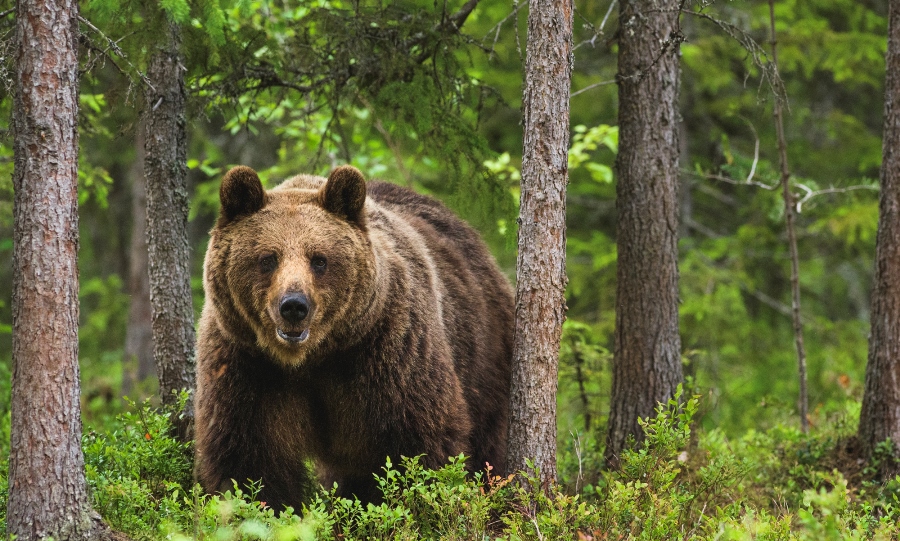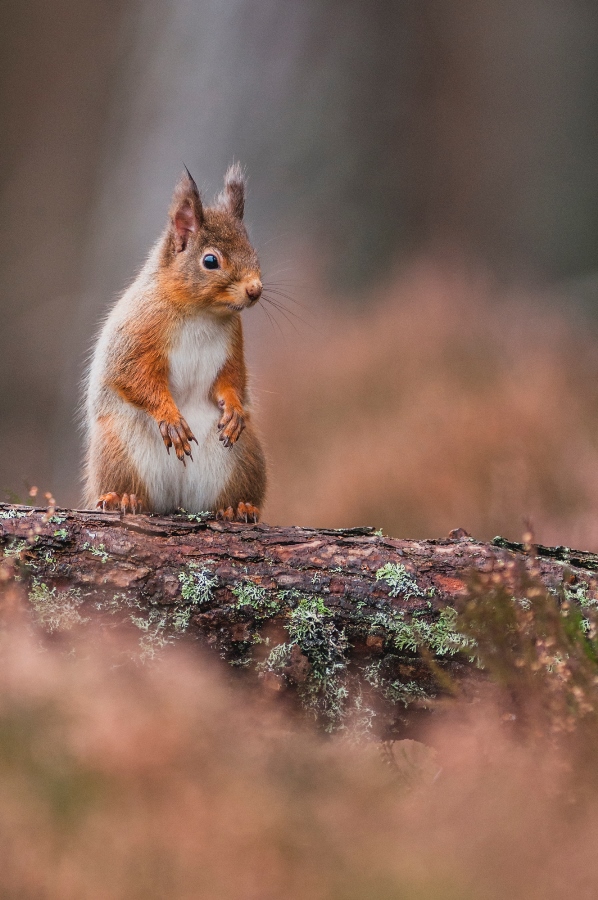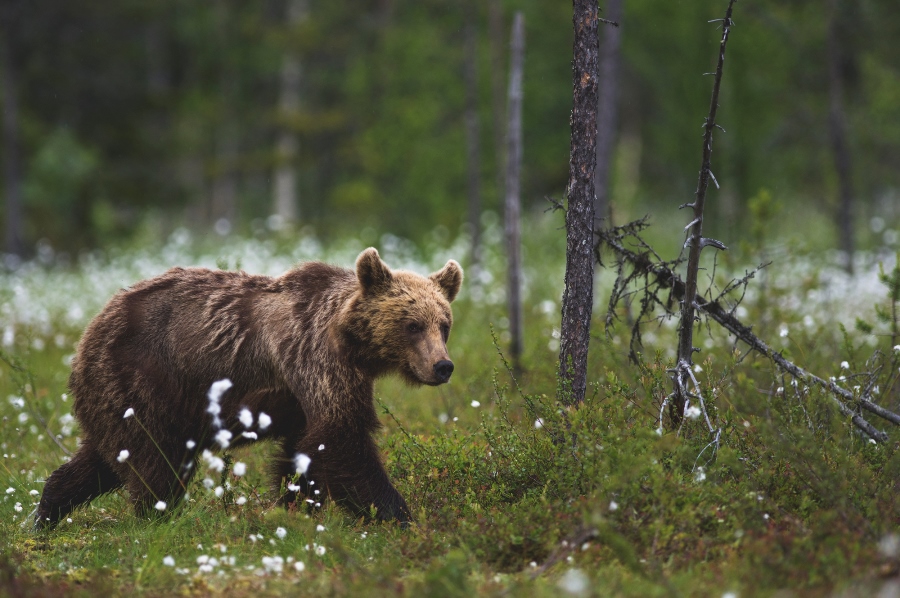Paid-for hide locations allow photographers convenient access to wildlife, but Tom Mason wonders if it’s all a little too easy…

Certain hides allow incredible access, but only for a price. All images by Tom Mason
In the modern world you can buy anything, from pre-peeled oranges (rewrapped in plastic) to jars of air. In wildlife photography such mechanisation has also appeared on the scene, with locations sprouting up across the country to slake the thirst for easy images, with hides offering a “buy it now” for new wildlife shots.
These locations, scouted out by original pioneering photographers, open the floodgates for others to easily access various species of animal, resulting in a shedload of similar images popping up at every turn. Kingfishers, kestrels, little owls, red squirrels, bears and countless other subjects have all been capitalised on, but is it ruining the art of wildlife photography?
I myself have worked from a choice few of these paid-for hide locations when I was first building my portfolio, and when I was photographing bears in Finland a few years back. The opportunities were fantastic for me to get up close and personal with some amazing creatures, helping me to spend time perfecting my images on location. However, the images from those trips, although I'm proud of many of them, are often not among the ones I would say are my most loved. The reason is simple: it was all a bit easy!

Wildlife photography isn't really something you get into if you like things to be easy. Nature is tricky, complex and hard to predict. Animals can appear within minutes or hours, but far more often it takes days or weeks. The perfect image is often the result of many months, with the photographer going through trials and tribulations to get it right.
Photography is a learning process. I completely get that if you are starting out and want to shoot some trickier subjects, and your time is limited due to working all week, you might want to pay up so you can get easy, convenient access to your subject of choice. However the trend I’m seeing is not just intermittent use of these hides, but a reliance on them. Photographers are populating their websites with images only taken in these kinds of situations, simply piggybacking off of the work of the photographers who built the hides. Paying their way.
Now, of course, if you’re happy to simply pay to sit and shoot pictures, it’s fantastic. You’re watching wildlife, making images and helping pros with their livelihoods. But all too often these images seem to make it into competitions, the media and more, often with backstories that detail weeks on location and various hardships therein, and without a single nod to the photographer who actually set up the hide in the first place!
Call me old-fashioned, but what happened to the notion to finding our own locations? For me,half the fun of a project is scouting – getting to know my subjects and the habitat. Finding my angle, lighting and story. These all make the final images so much more pleasing, and make the process more fulfilling.
If you are stuck for time, with only a single day or few hours in a week when you can get out, spend them on something local. Get out in your area, find a patch, and really spend time thinking about the images and stories you would like to tell. Once settled on a project on your doorstep, you’ll soon find the odd hour each day to get out and shoot. The fixation of your local wildlife will certainly provide a far more of a long-term high, than the quick fix of a day smashing out frames of contrived images with that same old stick.

If you are working from hides, let’s up the etiquette. Drop a note to the photographer or team who built the hides, a nod of thanks to those who helped make the images possible. It takes nothing away from your perfectly captured moment to say where you caught it, and if you’re happy using the hides to make your own images, surely you’re happy to tell people where they were taken in the first place?
For me with every year I’m put off the hide culture more and more, not only due to the mechanisation of wildlife photography that I feel ruins the excitement, but also by simply seeing the same old images day in and day out. I feel that as photographers it’s our job to show our own visions when producing images and not just relying on the work that others have put in.
Of course the hides offer a superb facility to get close to wildlife for some stunning results, but in truth I really feel if you want to progress and develop as a photographer, at some point you have to get out and find you own subjects and locations. This is how you become a wildlife photographer, rather than a wildlife picture collector.
Do you agree with Tom? Join the conversation on Facebook
About the Author
Tom Mason is a wildlife photographer and journalist, and is also the host of our Life in the Wild series. Keep up with him on Twitter, @TomMasonPhoto, or visit his website for more.
Related articles
Perspective: Is Shooting RAW Overrated?
Perspective: Why Brooklyn Beckham is a Better Photographer Than Most of Us Will Ever Be
Perspective: Self-Criticism and Doubt Are Part of Photography

